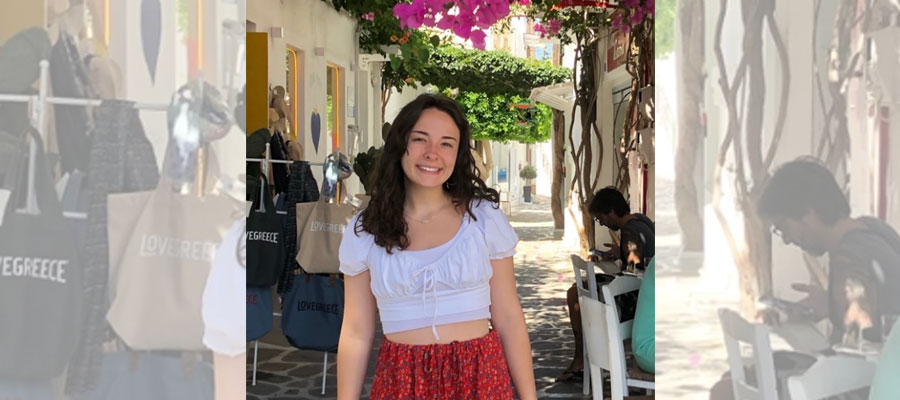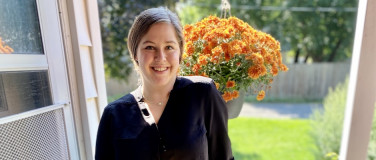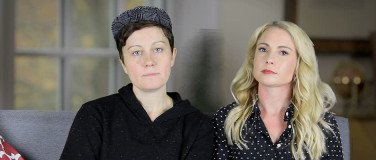
A young girl, twelve, emerges from the theater mid-movie. She’s crying. She can’t take it anymore. She slides down the wall outside, markedly troubled.
We observe scenes like this all the time. In films, they come after the part where the friends are revealed to be rotten and backstabbing. In books, TV shows, or any platforms that serve up sympathy-garnering vignettes, it’s after the girl gets stood up on a date or reveals a messy web of infidelity from her lover. She’s left with choice but to vacate her location, her anguish often emphasized by hallmark streaks of mascara running down her face.
So, what’s got our girl so upset? Friend drama? Boys?
Ultimately, her hysterics are chalked up to navigating life’s woes as a girl on the cusp of delicate teendom. After all, young, small girls like her often have trouble grappling with big feelings. There, there.
I sat with my back against the theater’s cool brick wall, which I’d anticipated to be more refreshing. I couldn’t even begin to understand what was happening, and I didn’t bother trying. I couldn’t. I had no choice but to cry out in pain every time I moved or breathed in a way my body deemed abhorrent. Nothing existed beyond the excruciating pain radiating from my midsection.
I begged my parents to come to pick me up. They didn’t. Now, I absolve them of any resentment I might have once harbored for not immediately taking me seriously at the beginning. The medical professionals didn’t either. No one knew what to make of any of this. How could they? I was suffering from something so personally pervasive yet utterly traceless. The perfect bodily crime. I cried as if each tear brought me a fragment of an answer, some sort of useful data that I could use to construct the whole story and bring some clarity to this disturbing puzzle. I wouldn’t get an answer for eight years.
Three hours later, back in my house, I sat on the couch and shot the breeze with my sister. It was as if nothing had happened. But from that day forward, this new omnipotent threat always seemed to be lurking, warning me of its power to permeate an otherwise good day. I was perpetually on edge. After a few more incidents like these, cautious became my normal state. A stark difference from the innocent, unbothered lives my close friends were leading and that I, too, once enjoyed. It felt as if I’d suddenly been catapulted into a new state of being where I had to cope with being strikingly (to myself, at least) different from other kids my age and not knowing why. I worried how I would wake up feeling and if I’d be able to make it through the day, when my biggest concern should have been who I was going to sit with at lunch or if I bombed my algebra test.
My heart still breaks when I think about my younger self and the torture she had to endure: a body at war, constant uncertainty, and all without knowing what was wrong or how to mitigate even a tiny fraction of the inexplicable pain she was in. My age inhibited me from asserting myself the way I wished I could have and served as a major roadblock in properly conveying to medical professionals that I was not okay. I was just a kid.
Now I’m twenty-one, and I know better the ins and outs of my diagnosis. Even on days when I am not in control, I have strategies to keep everything in check. Where I go, my pain management toolbox goes. Things are starting to improve for me, even albeit slowly. Still, despite appearing just like everyone else, I lead a vastly different life than most of my peers. At my birthday dinner, I was able to take only one sip of my first legal drink before my body promptly let me know that it wasn’t going to happen. My dad finished it. While my twin sister took shots with our waiter, I took on the spectator role, as I often find myself having to do. It’s okay. It’s life. But I’ve found that I need to allow myself outlets to acknowledge the truth with no frills or feigned positivity. It sucks sometimes. I’ve had a surplus of time to reflect on my situation and to start making sense of everything that’s happened, particularly in the past year. My highs are really high. When I feel okay, I feel incredible. The easy days are not lost on me, and I rejoice in my good health. I have to, since they pack a lot of meaning for me. The good stretches are becoming longer, and the bad days are growing shorter. For every side effect of my condition, a doctor or specialist is ready to help me conquer it. The truth is I really do love the life I’ve created for myself, particularly when I’m in a good spot to fully immerse myself in it. It’s up to me to make the good days just as good as the bad days are bad. Better, even.
Editor's note: Would you like to contribute to EndoStories? Click here to learn how to submit your work.
*Patient stories submitted to EndoFound.org are the patient's views, not necessarily those of the foundation. All testimonials are from real patients, may not reflect the typical patient’s experience, and are not intended to represent or guarantee that anyone will achieve the same or similar results.









